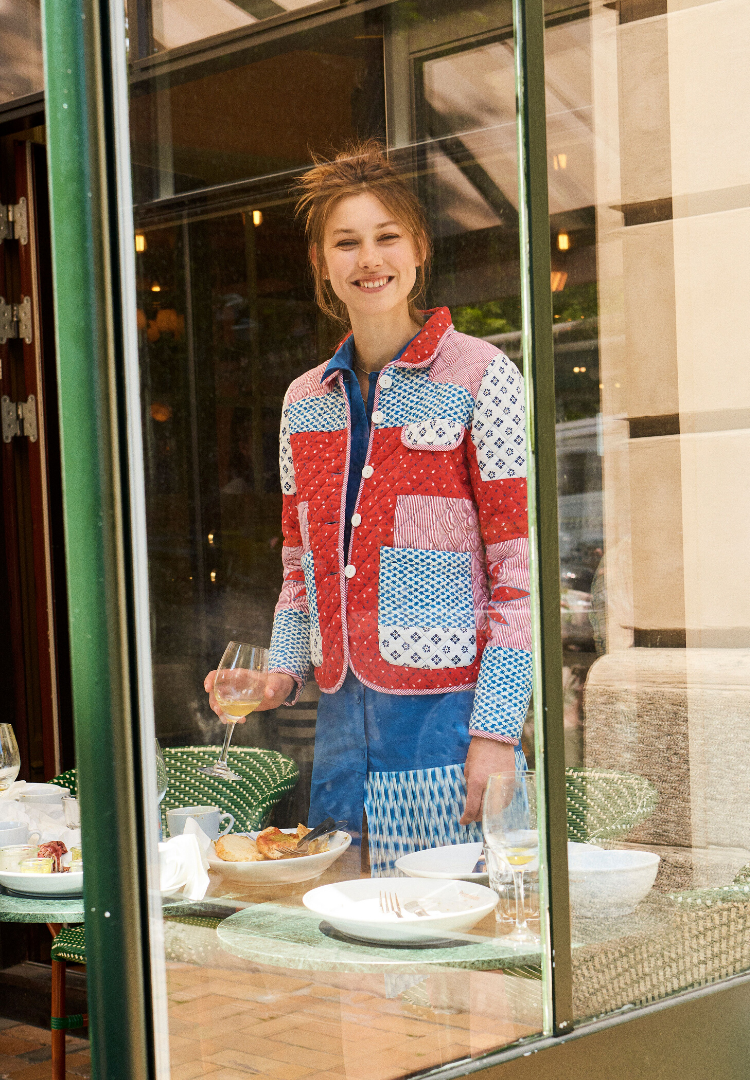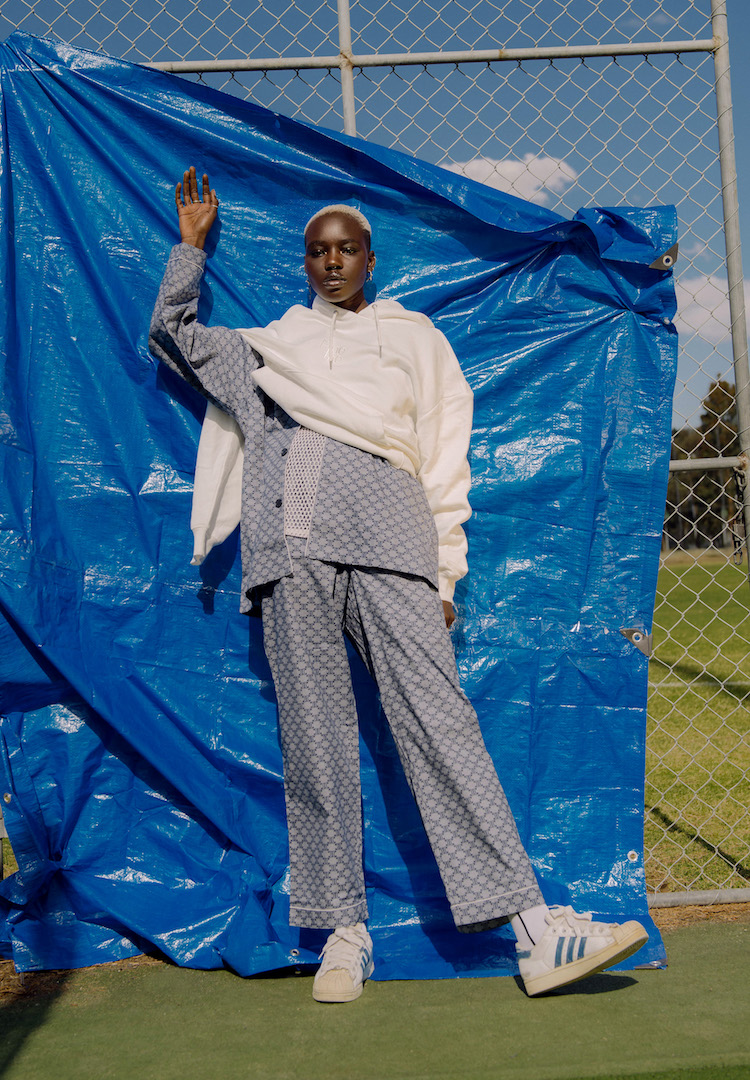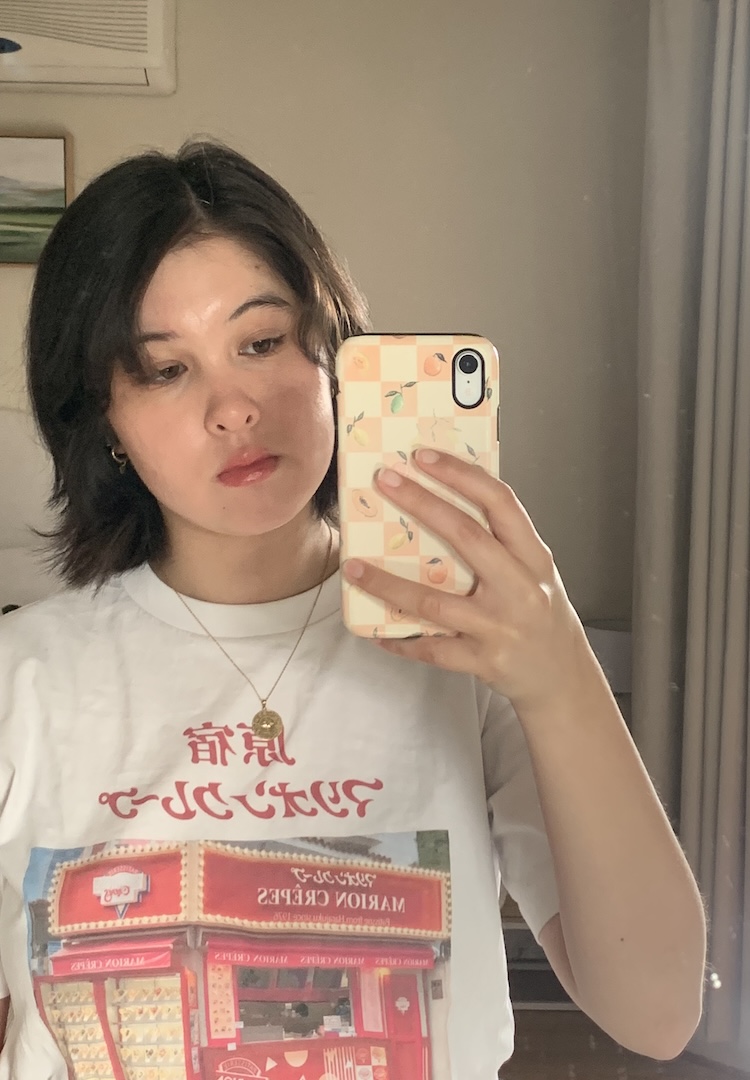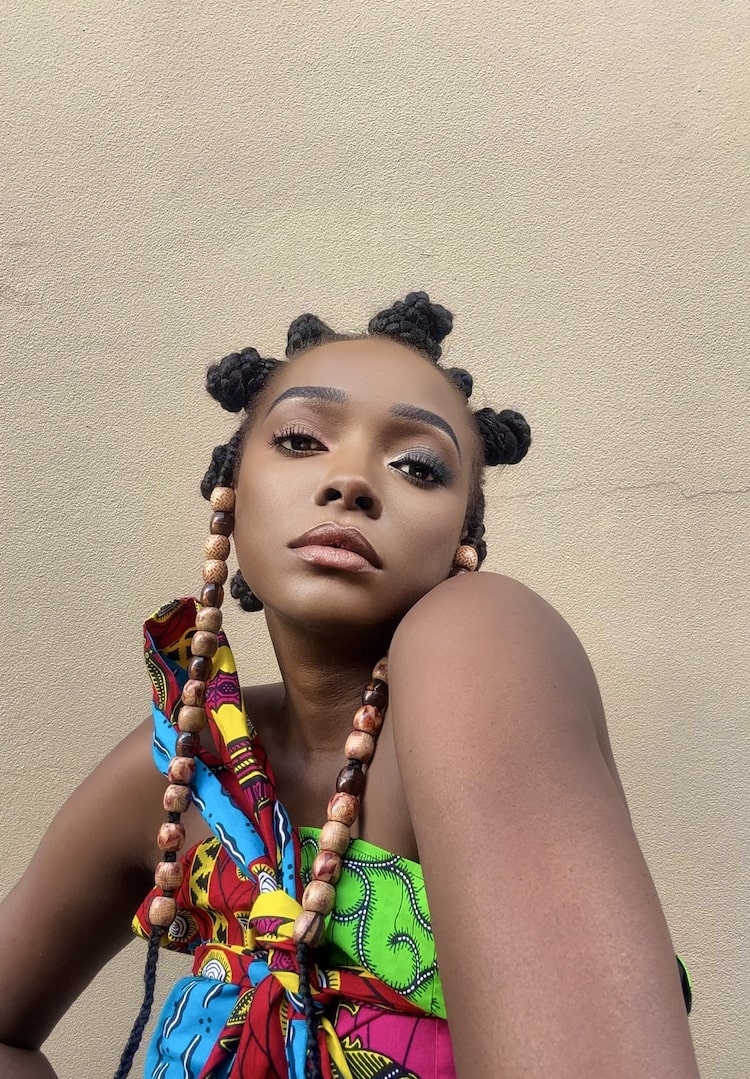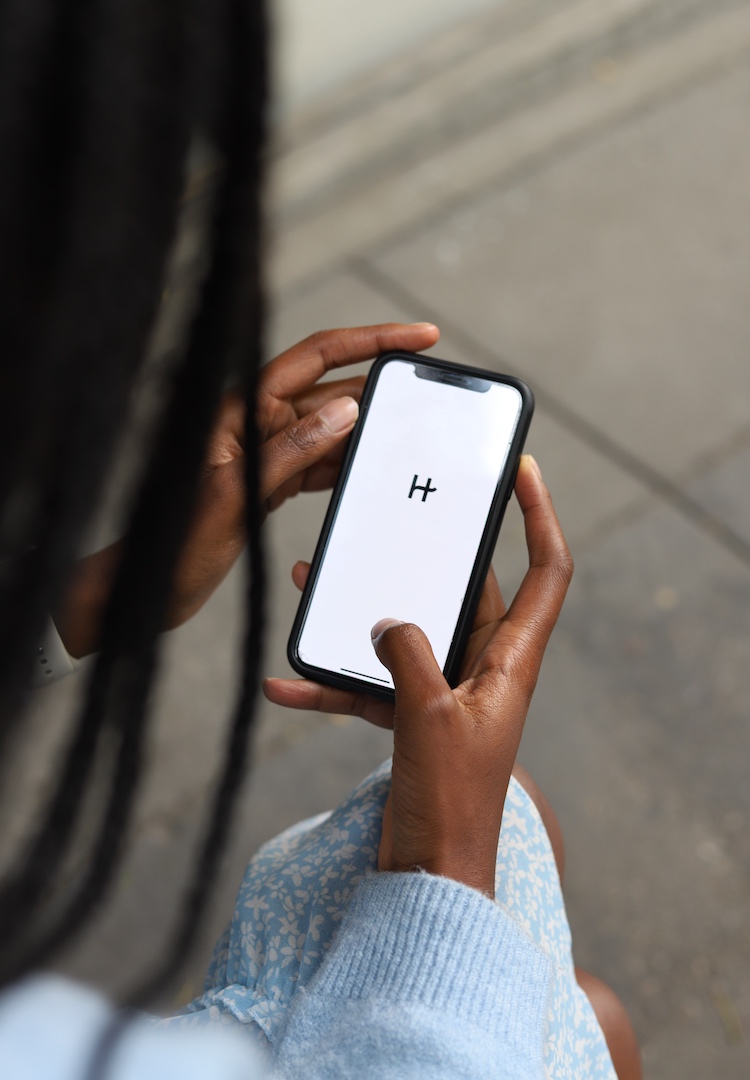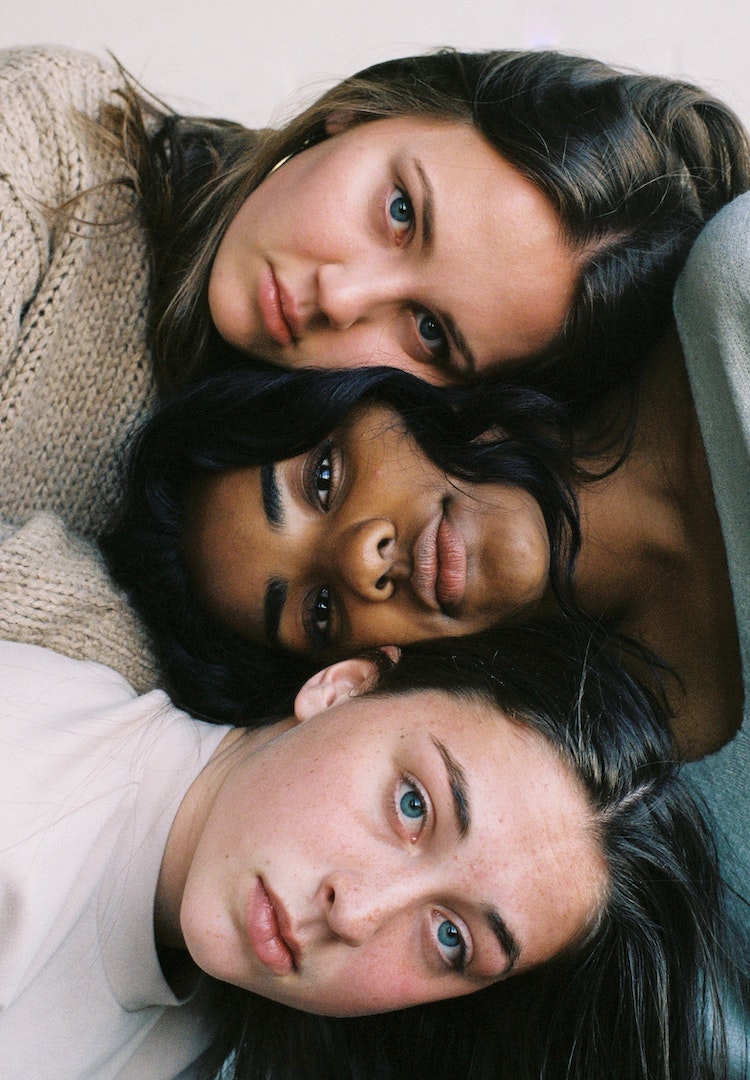These pledges are actively pushing Aussie brands to become anti-racist
PHOTOGRAPHY BY JESS BROHIER
WORDS BY MAGGIE ZHOU
Holding brands accountable, one Instagram post at a time.
Since the Black Lives Matter movement came to the forefront of our global conversation last month, virtue signalling, performative activism and tokenism have entered our fashion vernacular.
While many of us scurry to become better allies, there has also been global pressure on fashion brands to lift their weight. Uoma Beauty founder Sharon Chuter created Pull Up For Change to call on brands to disclose the number of Black employees working in corporate positions. With over 130,000 followers in less than a month, it’s clear that consumers want more transparency in this space.
Many grassroots operations have brought the conversation onto our own soil. Pledge to Colour Me In (P2Colour) is one of the daring few which seek to dismantle white supremacy in the Australian fashion industry. Missy, P2Colour’s founder and a non-Black woman of colour with a background in policy development, chatted to us about the pledges’ goals.
“I want to recalibrate the economic and creative opportunities that have been historically excluded from BIPOC. P2Colour isn’t meant to shame brands… It asks brands to think about their policies, staff and leadership, and to seriously consider how to be more representative of their market by committing to an anti-racism strategy,” she explains.
The name comes from Missy’s revelation that she and her fellow BIPOC are largely rendered invisible in Australian media. “Colour should be embraced and celebrated,” she says, “so I’m asking brands to literally colour us into their ethos, values and fabric of their brand.”
Through an extensive spreadsheet currently boasting over 100 Australian brands, P2Colour has three main goals.
- It wants brands to share the number of BIPOC in their staff and leadership, including those behind the scenes like manufacturers and creatives. From there, it hopes brands will implement targets and strategies to support them.
- P2Colour hopes brands will formally release ongoing diversity and inclusion action plans on their websites that include anti-racism reviews of staff training, recruitment and leadership and representation. This would not be complete without a look at the structural racism pervasive in supply chains, specifically for fast fashion brands.
- Its third point requests brands to amplify BIPOC voices such as partnering with BIPOC creatives and influencers and ensuring there is equal, fair pay.
P2Colour’s current findings have been “pretty disappointing so far,” according to Missy. Vague statements, #blackouttuesday black squares and lack of tangible change have been common remedies. Quick, bandaid fixes such as a flood of Black models on a brand’s Instagram feed are not the answer.
“The industry isn’t safe and inclusive until brands actively rewire their business models… just increasing numbers can tokenise BIPOC. It can actually be dangerous to have these Black models or increased BIPOC staff dump[ed] in an environment that’s still hostile if actions haven’t been made further than surface level,” says Missy.
Another initiative which is combating racism in Australian media and brands is Pull Up for Change Aus, which also aims to deconstruct the systemic racism that has silently yet purposefully infiltrated our media and brands.
As consumers, we need to speak with our wallets and actively and loudly support brands who align with our morals. P2Colour has generously created email and social media comment templates for consumers to urge brands to address their part in complicit racism.
“Australia is not a homogenous society anymore, and a Eurocentric beauty ideal is a symptom of white supremacy,” Missy stresses. “If there are enough voices, change happens quicker than you think”.

